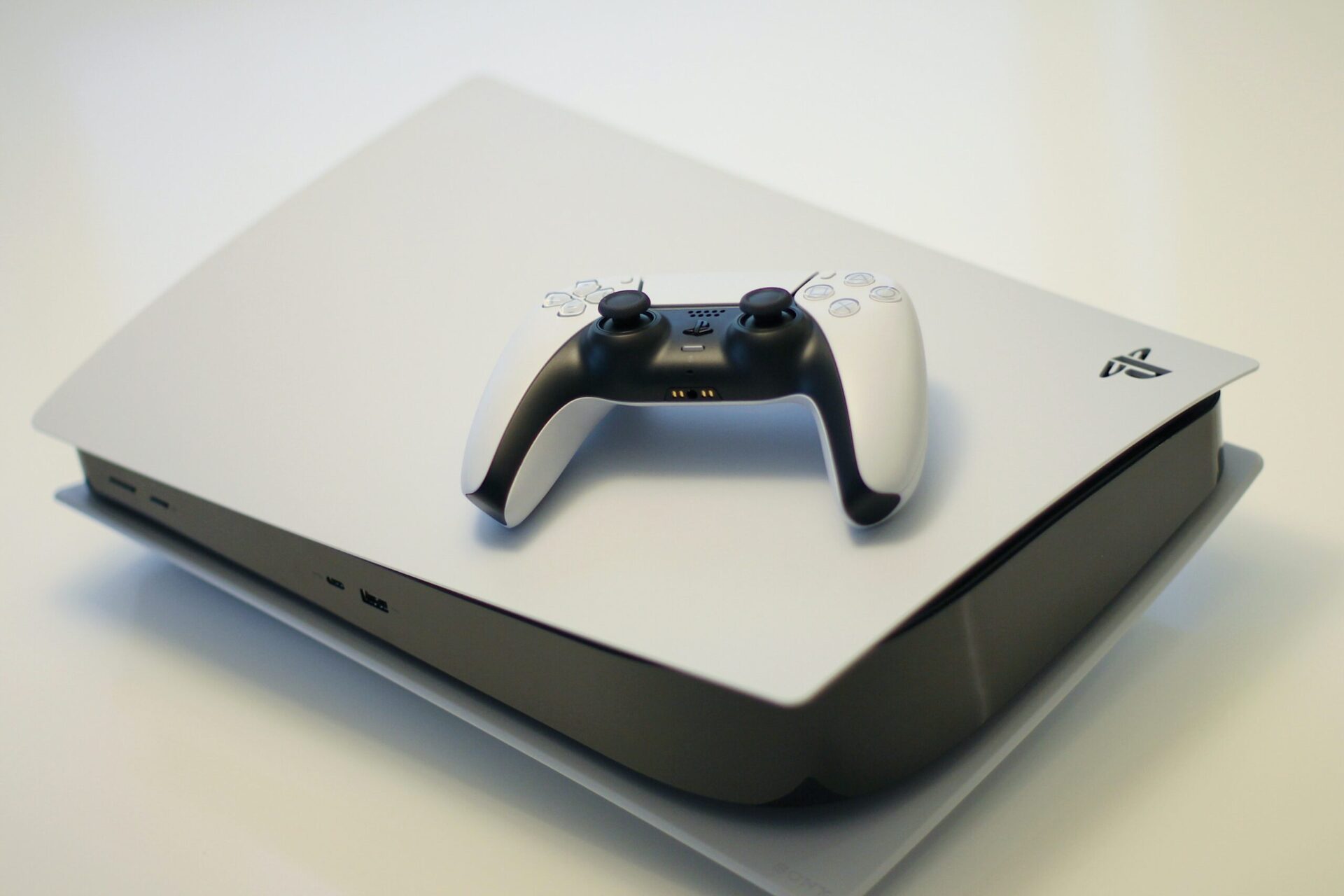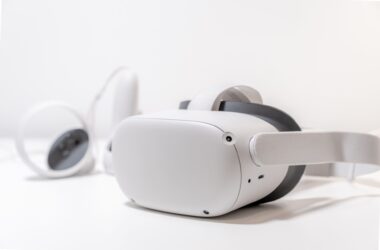Introduction:
The Nintendo Switch, released in 2017, has taken the gaming world by storm with its unique hybrid design that allows players to enjoy games both on a TV and in handheld mode. This versatile console has garnered a massive following and has become a favorite among gamers worldwide. In this blog post, we will delve into the pros and cons of the Nintendo Switch, examining its strengths and weaknesses.
Pros:
- Versatility: The standout feature of the Nintendo Switch is its ability to seamlessly transition between handheld and console gaming. This flexibility allows players to enjoy their favorite games at home or on the go, making it ideal for both casual and dedicated gamers.
- Exclusive Titles: Nintendo’s first-party games, such as “The Legend of Zelda: Breath of the Wild,” “Super Mario Odyssey,” and “Animal Crossing: New Horizons,” are critically acclaimed and beloved by fans. These exclusive titles offer unique and immersive experiences that make owning a Switch worthwhile.
- Innovative Design: The Switch’s design, featuring detachable Joy-Con controllers and a docking station, offers a refreshing and intuitive gaming experience. The Joy-Con controllers can be used independently for multiplayer games, making it a great console for social gaming.
- Local Multiplayer: The Nintendo Switch allows for local multiplayer, enabling friends and family to join in the fun with ease. By detaching the Joy-Con controllers, players can engage in multiplayer sessions anytime, anywhere.
- Indie Game Support: The Switch has become a haven for indie game developers, resulting in a vast library of indie titles available on the platform. This support for indie games ensures a diverse and unique gaming experience for players.
- Portability: The Switch’s handheld mode allows gamers to take their favorite games on the go. Whether on a long flight or during a commute, the portability of the console ensures that gaming is no longer restricted to the living room.
- Parental Controls: Nintendo has implemented robust parental control features on the Switch, allowing parents to monitor and manage their children’s gaming activities. This feature provides peace of mind for parents concerned about excessive screen time or inappropriate content.
- Amiibo Compatibility: The Nintendo Switch supports Amiibo figures, which can enhance gameplay experiences by unlocking additional content in specific games. This feature adds a collectible element to the gaming experience.
- Constant Updates and Support: Nintendo continuously releases firmware updates, adding new features and fixing bugs to improve the overall gaming experience. Additionally, the company actively supports the console with new game releases and downloadable content, ensuring players always have something to look forward to.
- Easy-to-Use Interface: The Switch’s user interface is clean, intuitive, and easy to navigate. From accessing games to managing settings and downloading new content from the Nintendo eShop, the interface is designed to make gaming straightforward and enjoyable.
Cons:
- Limited Graphics Power: Compared to its console counterparts, such as the PlayStation 5 or Xbox Series X, the Nintendo Switch has less processing power and struggles to deliver the same level of graphical fidelity. As a result, some games may have lower resolution or frame rate when played on the Switch.
- Battery Life: The battery life of the Switch in handheld mode can be a limitation, especially for those who play games extensively on the go. While newer models, such as the Switch OLED, have improved battery life, it may still not be sufficient for extended gaming sessions.
- Joy-Con Drift: One of the most significant issues plaguing the Switch is Joy-Con drift, where the analog sticks register input even when not being touched. This hardware defect has been a widespread concern among users, leading to frustration and necessitating repairs or replacements.
- Online Subscription Service: To access online multiplayer features, players need to subscribe to Nintendo Switch Online, a paid service. While the subscription also offers access to classic NES and SNES games, the online experience has been criticized for lacking the polish and features of other platforms.
- Fragile Build Quality: Some users have reported issues with the build quality of the Switch, including the console’s kickstand, which can be flimsy and prone to breakage. Additionally, the plastic construction may feel less durable compared to other gaming consoles.
- Limited Storage Capacity: The base model of the Switch comes with limited internal storage, which can fill up quickly, especially with larger game downloads. While additional storage can be added using microSD cards, it adds an extra cost to the overall ownership experience.
- Lack of Virtual Reality Support: Despite the Switch’s popularity, it does not have native support for virtual reality (VR) gaming. While Nintendo has dabbled in VR with Labo kits, the lack of official VR support may be disappointing for those interested in immersive VR experiences.
- Third-Party Game Optimization: Some third-party games released on the Switch may suffer from performance issues or reduced graphical quality compared to versions on other platforms. This is primarily due to the hardware limitations of the console.
- Limited Multimedia Functionality: The Switch’s primary focus is gaming, and as such, it lacks certain multimedia features found on other consoles. For example, streaming apps like Netflix, Hulu, or Amazon Prime Video are not available on the Switch, limiting its functionality as an entertainment device.
- Price: While the Switch offers a unique gaming experience, the console itself can be relatively expensive compared to other gaming systems on the market. Additionally, games for the Switch tend to hold their value, meaning that building a library of games can be a significant investment.
Conclusion:
The Nintendo Switch, with its innovative design, exclusive titles, and versatility, has undeniably brought a new dimension to gaming. While it has its share of limitations, such as graphical power and Joy-Con drift, the overall experience offered by the Switch outweighs its drawbacks. With constant updates, a strong library of games, and the ability to play on the go, the Nintendo Switch continues to captivate gamers worldwide, making it a compelling choice for both casual and dedicated gaming enthusiasts.
We hope this comprehensive analysis of the Nintendo Switch’s pros and cons has provided you with valuable insights. Now it’s your turn to join the discussion! We would love to hear your thoughts and experiences with the Nintendo Switch. Have you found the console’s versatility and exclusive titles to be compelling? Have you encountered any of the cons mentioned, such as Joy-Con drift or limited graphics power? Share your opinions, personal anecdotes, and any other observations in the comment section below. We look forward to engaging with you and learning more about your perspective on the Nintendo Switch!









